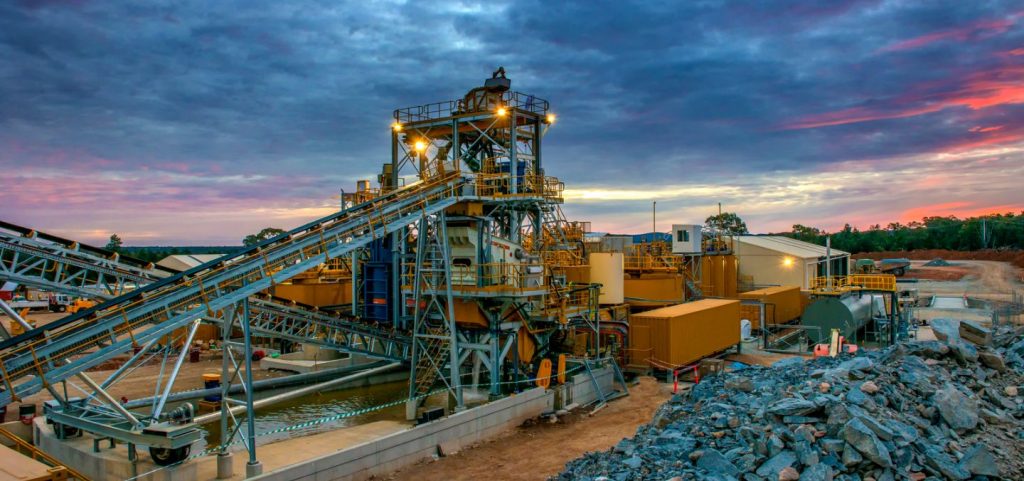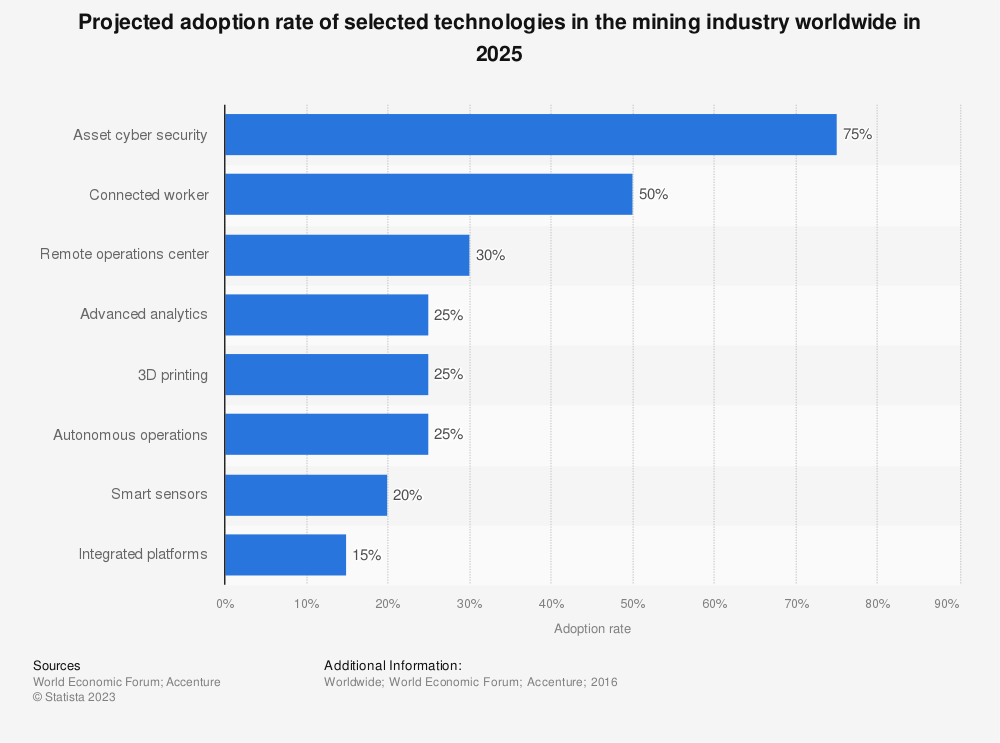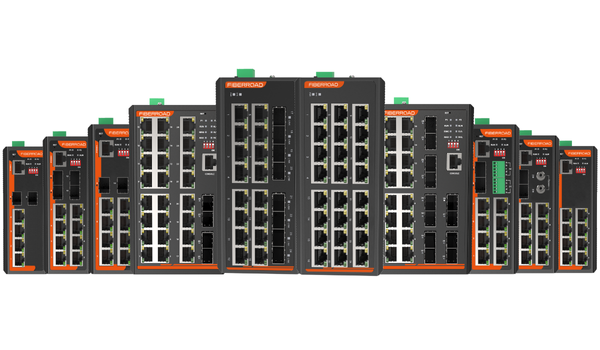Mining has been a crucial industry for centuries, providing the world with valuable resources that we rely on every day. However, as global demand continues to rise and mines get deeper and more complex, traditional mining methods are becoming increasingly inefficient. Enter smart mining solutions – the latest innovation in this age-old industry. By implementing cutting-edge technology like autonomous vehicles and connected mines, companies can optimize their operations like never before. But with these exciting benefits come significant challenges as well. In this article, we’ll explore the ins and outs of smart mining solutions – from their potential advantages to the hurdles that must be overcome to implement them successfully.

The Global Mining Industry is Under Pressure
The mining industry is a vital part of the global economy, providing essential resources for industries like construction and manufacturing. However, in recent years, the industry has faced mounting pressure from a variety of sources.
One challenge that mining companies must contend with is declining ore grades. As mines are depleted, it becomes more difficult and expensive to extract remaining reserves. This can lead to decreased profitability and increased costs for companies.
Environmental concerns are also placing pressure on the mining industry. The extraction and processing of minerals can have significant impacts on local ecosystems and communities, leading to calls for greater sustainability in mining operations.
In addition to these challenges, regulatory requirements are becoming increasingly stringent around the world. Companies must navigate complex regulations related to safety, environmental impact, labor practices, and more.
All of these factors add up to creating a challenging environment for mining companies today. In order to remain competitive and sustainable long-term, many firms are turning towards smart solutions that can help them optimize their operations while minimizing their impact on the environment.
Smart mining solutions
Smart mining solutions refer to the integration of advanced technologies and innovative practices in the mining industry with the aim of improving efficiency, productivity, safety, and sustainability. Today’s digital age demands a different approach to traditional mining operations that have been around for centuries. Smart mining solutions offer new opportunities for miners to leverage technology such as artificial intelligence (AI), machine learning, robotics, Internet of Things (IoT), big data analytics and cloud computing.
By implementing these smart mining solutions, companies can optimize production processes by detecting issues before they occur. This is achieved through real-time monitoring and analysis of data from various sources within the mines including sensors on equipment like drilling machines or haul trucks.
Connected mines are an important aspect of smart mining that enables communication between different parts of a mine through wireless networks. This helps streamline operations while reducing costs associated with downtime due to equipment failure or other issues.
Autonomous vehicles in mining also form part of smart mining solutions enabling automated loading and hauling systems which reduce operational risks for workers while increasing efficiency levels.
Smart mining has revolutionized traditional methods used in the industry ensuring optimization at all stages including extraction, and transportation among others resulting in cost reduction and thus a faster return on investment (ROI).

Connected mines
Connected mines are changing the game in the mining industry. These advanced systems use sensors and data analytics to connect various devices, machines, and equipment throughout a mine site. This technology enables real-time monitoring of operations, allowing for faster decision-making and improved safety.
One key advantage of connected mines is their ability to optimize production levels. By collecting data on everything from machine performance to ore quality, these smart systems can help mining companies make more informed decisions about production targets and resource allocation.
Another benefit of connected mines is improved safety. With sensors installed throughout a mine site, operators can monitor everything from air quality to worker location in real time. This allows companies to quickly identify potential hazards and take action before accidents occur.
However, implementing connected mines also comes with challenges such as high costs associated with installing new infrastructure or upgrading existing ones—these investments require significant capital expenditures that may not be immediately realized through operational efficiencies alone. Additionally, there are concerns about cybersecurity threats since many of these systems rely heavily on internet connectivity.
Despite these challenges though, it’s clear that connected mines have the potential to revolutionize the mining industry by increasing efficiency and improving overall safety standards for workers on-site.
Autonomous vehicles in mining
Autonomous vehicles in mining are becoming increasingly popular as companies seek to improve safety and efficiency. These vehicles do not require a human operator, instead relying on sensors and algorithms to navigate the mine site.
One of the main benefits of using autonomous vehicles is their ability to operate continuously without breaks or shifts, which can help increase productivity. In addition, they can be programmed to follow specific routes and avoid obstacles, reducing accidents and improving safety for workers.
However, there are also challenges associated with implementing autonomous vehicles in mining. For example, companies must invest heavily in technology infrastructure and training programs for employees who will work alongside these machines. Additionally, remote operations centres may need to be established to monitor vehicle performance and make adjustments as necessary.
Despite these challenges, many experts believe that autonomous vehicles have the potential to revolutionize the mining industry by increasing efficiency while also reducing costs and improving safety standards. As such, we can expect continued investment into this technology over the coming years.
The benefits of smart mining solutions
Smart mining solutions offer numerous benefits that can revolutionize the global mining industry. One of the most significant advantages is improved safety for workers. With automation and remote monitoring, miners are exposed to fewer hazardous situations, reducing their risk of injury or death.
Furthermore, smart mining solutions can increase efficiency and productivity in mines by optimizing processes and equipment usage. This leads to cost savings through reduced downtime, maintenance costs, and energy consumption.
In addition to this, connected mines allow for real-time data collection and analysis which enables better decision-making regarding production planning, resource allocation, and predictive maintenance. Combined with AI-powered algorithms, this data can be used to predict potential issues before they occur —thus avoiding costly delays in operations.
Another benefit is the reduction of environmental impact through efficient use of resources such as water conservation measures implemented on-site.
Finally yet important is the improvement in communication between different departments within a mine site due to advanced networking technologies used in smart mining solutions. The seamless sharing of information across all levels increases transparency enabling more aligned decision-making that ultimately impacts positively on business outcomes.

The challenges of implementing smart mining solutions
Implementing smart mining solutions may seem like a no-brainer, but it’s not without its challenges. One of the biggest hurdles is the cost associated with implementing this technology. Switching to smart mining requires significant investment in new hardware and software systems, as well as training programs for employees.
Another challenge is resistance from workers who fear their jobs will be replaced by automation. This can lead to a lack of adoption and collaboration from those on the ground floor of mining operations.
Additionally, integrating different technologies can prove difficult due to compatibility issues between existing systems and new ones. The data generated by these technologies must also be collected and analyzed properly to ensure effective decision-making.
Cybersecurity risks increase with connected mines where cyber attacks could compromise safety or production operations. Therefore companies have an added responsibility of ensuring security measures are put in place that protect against potential threats.
While there are many benefits to implementing smart mining solutions, overcoming these challenges will require careful planning and execution that takes into account all stakeholders involved in the process from management teams down through front-line employees working at mine sites every day.
Conclusion
Smart mining solutions have the potential to revolutionize the global mining industry by increasing productivity, reducing costs, improving safety, and minimizing environmental impacts. Connected mines and autonomous vehicles are just a couple of examples of technology that can be used in smart mining.
However, implementing these solutions comes with its own set of challenges such as high upfront costs, lack of skilled labor force to operate the technology effectively, data security concerns and regulatory hurdles.
It is clear that the benefits outweigh the challenges when it comes to adopting smart mining solutions. Mining companies need to embrace this technological transformation if they want to remain competitive in an ever-evolving market.
The future looks promising for those who adopt these changes early on as they will be at a significant advantage over their competitors. Smart mining represents a new era for an age-old industry – one that promises increased efficiency and sustainability while paving the way for greater innovation in years to come.






